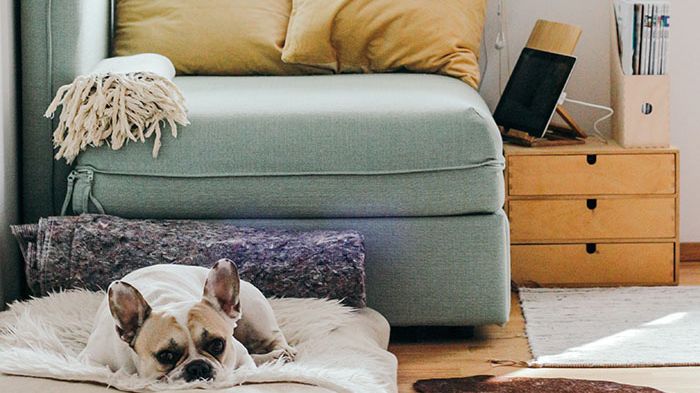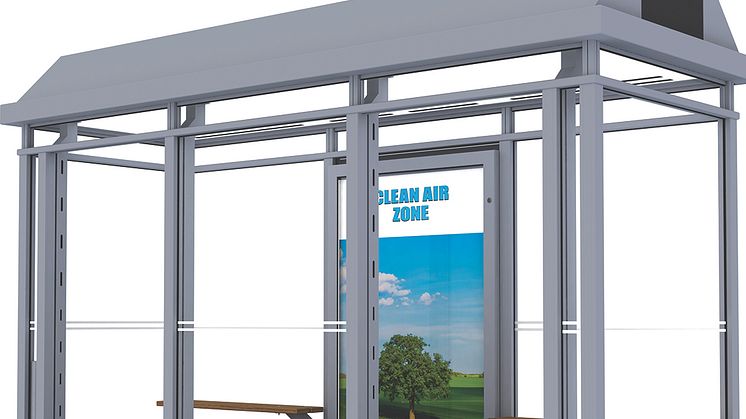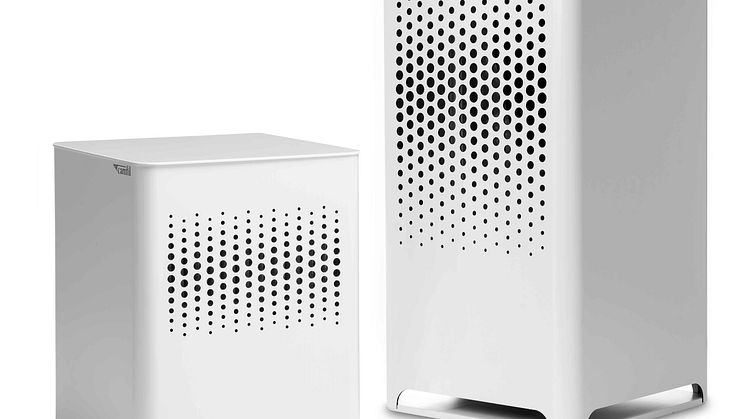
Blog post -
Indoor and Outdoor Pollution in Every Day Life
Small space safe havens
Exposure to poor air quality is bad for your health and wellbeing, limiting this exposure can help prevent its impact. While this can be hard to control outside, there are things we can all do to improve the air around us when we’re inside – in our homes and workplaces.
Clean and safe home
Believe it or not, the inside of your home can be more polluted than outside, thanks to trapped external contaminants, pet hair and dander, cleaning chemicals, air fresheners and Volatile Organic Compounds (VOCs)released from furniture, carpets and paint.
When it comes to decorating your home, make sure the furnishings you choose include very low quantities or are free from harmful substances. Look for labels which detail VOC levels. Perfumed candles and air fresheners may smell nice, but these are releasing pollutants in the air. If you must use them, make sure the room is well ventilated. Essential oil diffusers can be a better option, with natural products like eucalyptus, clove and rosemary proven to help reduce the number of dust mites in your house. Plants are also natural air purifiers; an attractive and practical addition to any room.
Pet owners should use specialist vacuum cleaners that include HEPA filters to avoid associated allergies. And be aware that cleaning your home can in fact increase the harmful particulates in the air if you choose harsh chemical cleaners. Look for more natural, chemical free alternatives or consider making cleaning products yourself (lemons, vinegar and antibacterial essential oils can be very effective.)
When it comes to the kitchen, one of the most polluting rooms in the house, try not to burn the toast! Burning and frying releases damaging substances. Make sure your kitchen is well-ventilated and has a good extractor fan over the oven and hob. Using cooking oils with higher smoke points, such as sunflower oil, will help too.
If you are cleaning, burning toast or lighting smelly candles, the obvious reaction is to open the windows. In highly polluted city centres, however, this can let in yet more pollution. In-home air purifiers, such as Camfil’s City M, will guarantee that the inside air is safe and clean, removing the smallest and most harmful of particulate matter (PM1).
Place of work pollutants
Once we’ve left our houses, many of us spend the majority of the day in an office, contributing to time spent indoors at around 90% for most people. ‘Bad’ air at work not only contributes to ill-health, but can lead to reduced productivity, lethargy and difficulty in concentrating.
In addition to the pollutants commonly found in the home, increased numbers of people mean higher volumes of ‘human’ created particulates (perfume, skin, germs, hair etc.), making effective ventilation and air purification all the more important. City M is a good choice within individual meeting rooms, supported by in-built air filtration systems. Regular testing of the air quality is also advised, particularly where the workspace has changed – got bigger, changed layout or included more people, for example.
Apart from keeping occupants safe, ensuring the air outside is suitably filtered before it enters a building can also improve the efficiency of the building, stopping air reliant HVAC systems from getting clogged with larger particulates, such as pollen, dust and leaves.
Transport trials
You might think that when you’ve shut the door of your car you’re safe from the outside air, but the reality is that our cars can be extremely polluted places - nine to 12 times more polluted than outside. If you’re in a built-up area, or anywhere where there are lots of other cars, you should keep the windows closed.
Unfortunately, when it comes to exposure to particulate matter, driving is far less dangerous than public transport. A recent study has found that public transport exposes commuters to up to eight times as much air pollution as those who drive to work. This is a very unfair situation as it’s the drivers that are causing the majority of the pollution.
Bus passengers in particular are exposed to high volumes of pollution when the doors open and when buses stop. We have come up with a solution that at least protects people waiting at the bus stop; a bus shelter. The Camfil ‘Clean Shelter’purifies 85% of the air within the shelter and is currently being trialled in Sweden.
If you can, walk – pollutant concentrations are far less overall and it’s healthier too.
Every little helps
When it comes to mitigating the effect of poor air quality every little helps. Where you do have some control of the environment around you, make it as clean and safe as possible.



